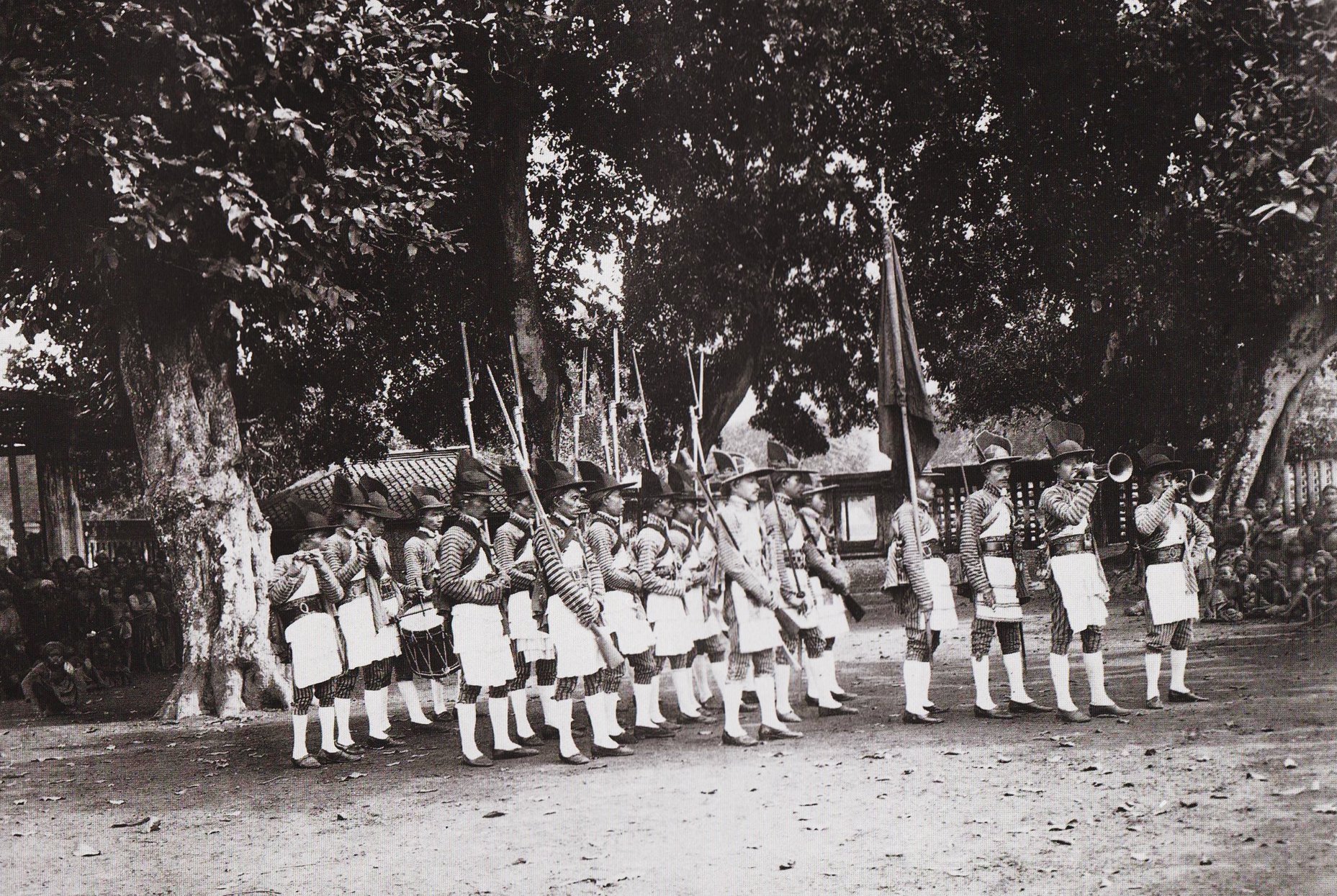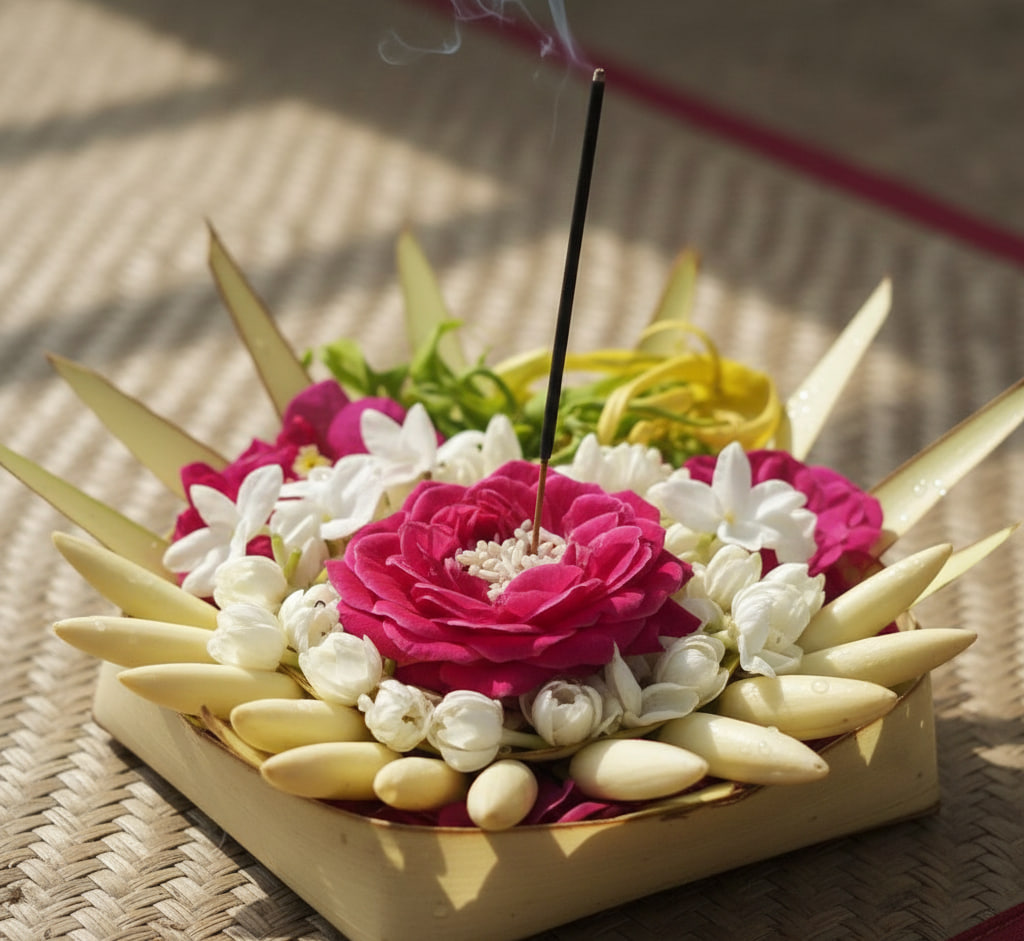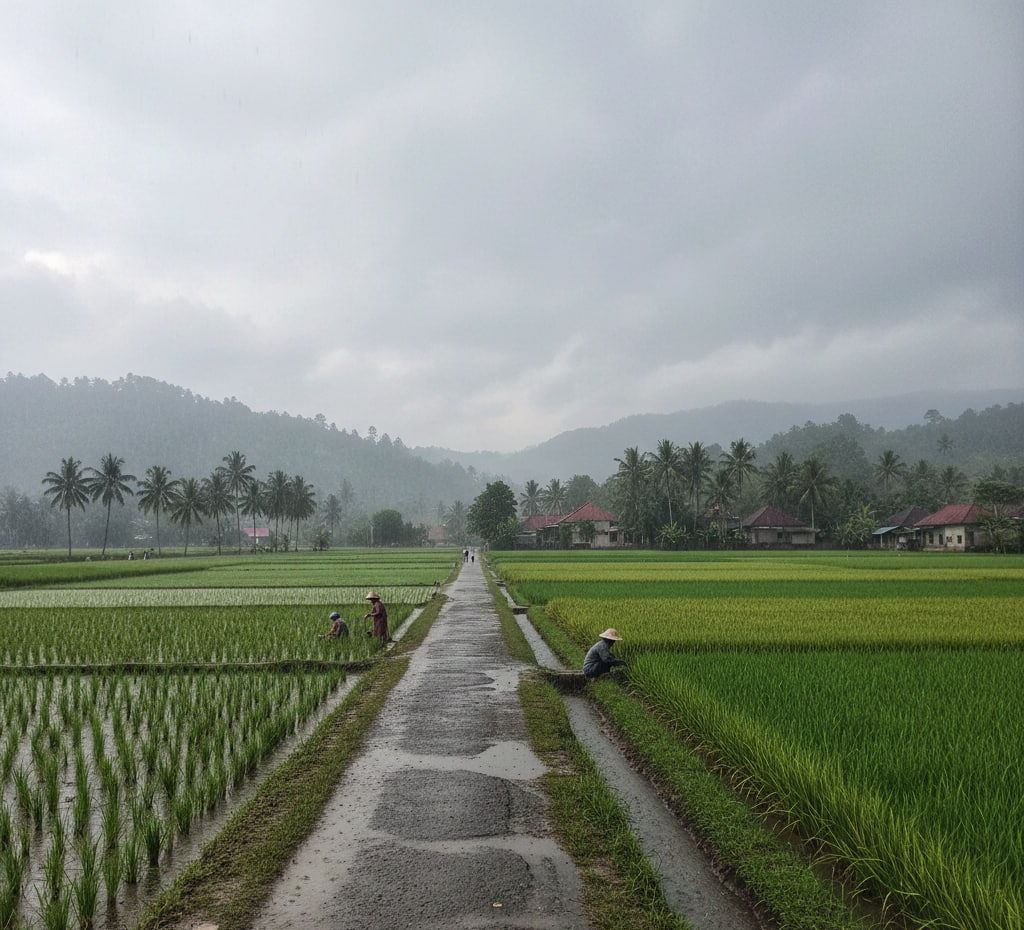News
Seminar and Workshop "Keris, History and Periodization"
Friday, September 20, 2019 at the Pendhapa Timur (Puppet Show) the Sonobudoyo Museum held a Seminar and Workshop with the theme "Keris: History and Periodization". Presenting three speakers namely Drs. Tjahjono Prasodjo, MA, Kristanto Susilo (Keris Practitioner), and Setyawan Sahli, S.E., M.M. (Head of the Sonobudoyo State Museum).
Setyawan Sahli, S.E., M.M., as Head of the Sonobudoyo State Museum, opened the event followed by presenting the first material about "The Role of the Sonobudoyo Museum in Preserving Keris Collection as Cultural Heritage". Includes the potential of the keris collection at the Sonobudoyo Museum, as well as the management, maintenance and maintenance of the keris.
Drs. Tjahjono Prasodjo, MA., Delivered material about "Tracking the Kris through Archeological Evidence in Indonesia". Discuss the history of keris in Indonesia, as well as evidence of past keris production in the form of artifacts, reliefs or statues. Next is Kristanto Susilo (Keris Practitioner). Presenting the theme of "The Period of Resilient Keris", covering the discussion of the periodisation of the keris based on the material, tough and decorative patterns of the keris. As well as regarding the area of ??keris production
At 13.30 WIB, the second session continued with the "Keris Conservation Workshop" by Sumitra. On this occasion, it was presented about the conservation of the kris and the procedures for conservation.
Keris is one of the collections of the Sonobudoyo Museum which is a masterpiece. Sonobudoyo Museum has more than 1000 collections of keris which are placed inside the permanent exhibition display and Museum storage. At present the public interest in the keris is increasing again with evidence that the increasing number of keris-loving communities in Indonesia and Yogyakarta in particular. The Sonobudoyo Museum wants to take part in preserving the kris and providing information that will benefit the wider community.
The seminar was held aiming to be able to provide education and information about the keris as one of the world heritages (world heritage) that has been registered in the UNESCO list. Another goal is to provide information on the periodization and the breeding of a dagger. As well as providing information about history, evidence of keris production through artifacts, reliefs and statues.


